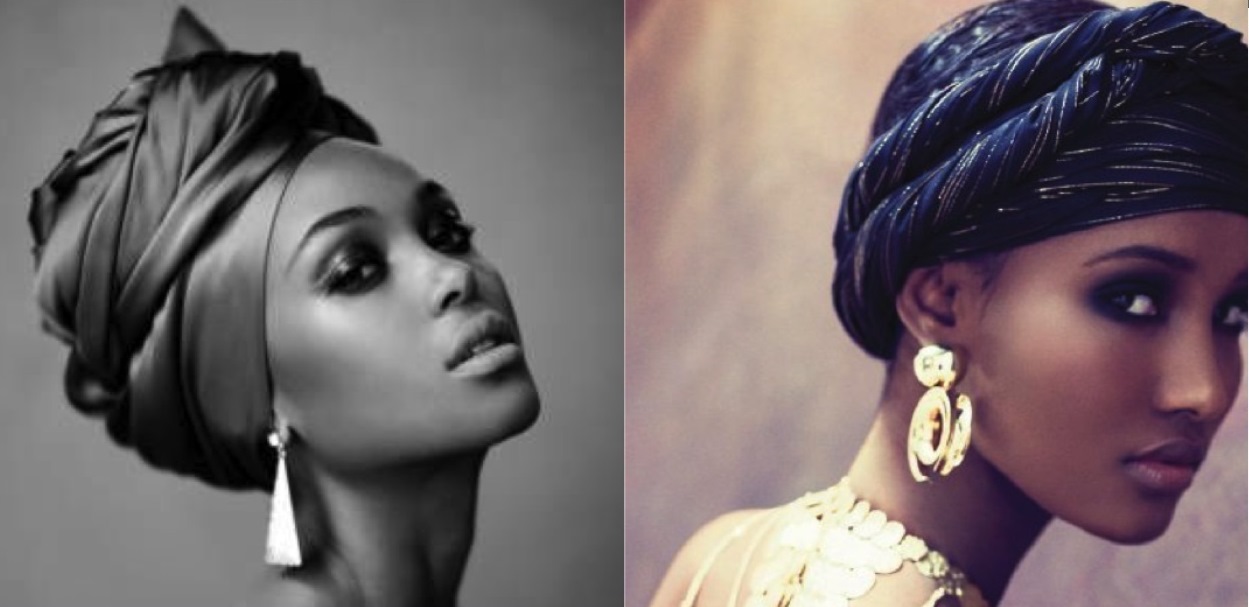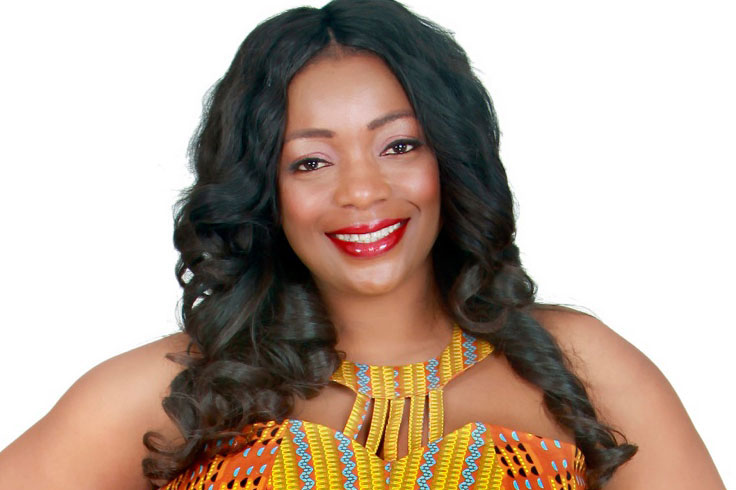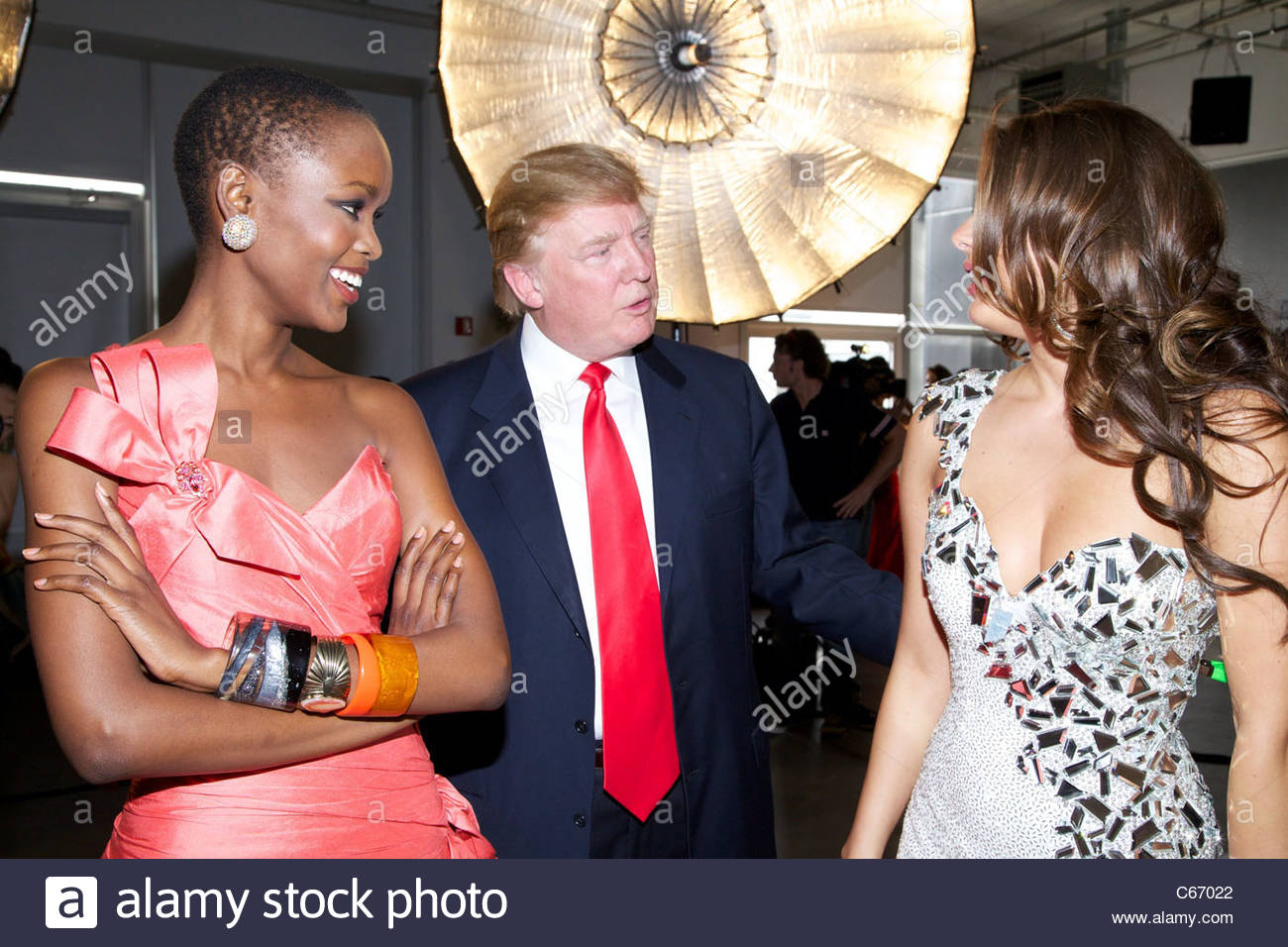Covering the beauty of black hair has roots in slavery when black women weren’t allowed to display their hair in public.
By TZ Business News Staff and Agencies.
Literature has surfaced claiming white males found at one point body features of black women were more sexually attractive than body features of their own kind—the white women; and that women of African origin possessed note-worth beauty which threatened white women.
The sexual appeal of black women to white males includes texture of their natural woolly hair according to this literature. The literature then suggests [a racist legal effort] was made to reduce the sexual attraction from white males through a dress code dampening African beauty.
Women of African origin rejected the law in the racist American Deep South state of Louisiana, but hiding natural African hair among black women all over the world has ironically become accepted as proper, without knowledge the original reason was racist to reduce attractiveness.
Black women [in their natural hair] are often praised and revered for their hair, the writer Farida Dawkins has written for the website face2faceafrica.com. The texture of black hair is suitable for forming unique styles from the afro to braids, the author writes.
Covering the beauty of black hair has roots in slavery during a time when black women weren’t allowed to display their hair in public. The ban was enforced through what was called the Tignon Laws.
Keep reading to learn about the Tignon Laws and how it was used to fuel racial tensions in the United States.
A tignon (tiyon) is a headdress used to conceal hair. It was adorned by free and slave Creole women of African ancestry in Louisiana in 1786. The sumptuary law was enacted under Governor Esteban Rodriguez Miró. The regulation was meant as a means to regulate the style of dress and appearance for people of color.
Black women’s features often attracted male white, French, and Spanish suitors and their beauty was a perceived threat to white women. The tignon law was a tactic used to combat the men pursuing and engaging in affairs with Creole women. Simply put, black women competed too openly with white women by dressing elegantly and possessing note-worth beauty.
Nonetheless, black women did not despair. Instead, they abided by the rule and turned it into fashion. The women used unique colors, jewels, ribbons, and wrapping styles which accentuated their gorgeousness even more. Out of this bore the various head ties seen today on women of color using unique materials, patterns, and flair.
Tignons have been worn by women in the Caribbean islands of Martinique, Guadeloupe, and Dominica which included hidden messages. They used Madras – a popular fabric amongst slaves and free women to achieve their head ties.
Tignon law eventually went out of effect in the 1800’s yet, black women worldwide continue to use head wraps as wardrobe staples paying homage to their culture, signifying their pride, and looking stunning while doing so.
Ironically, women on the African continent are Spending Millions of dollars to purchase Indian Hair to get the forged look of Indian hair and Indian Suppliers are cashing in on this very unfortunate effort at forgery.
The demand for Indian hair in African countries is so high that several Indian companies have switched their focus to the continent, the writer Victor Ochieng has written for the website Financialjuneteenth.com.
The companies work to either partner with other companies based in African countries or they simply expand their businesses to Africa to take advantage of the demand.
The multimillion dollar enterprise is estimated at $393.5 million annually. The business is growing at a rate between 10-30 percent every year, something that accounts for the increased investment in the market.
Because of the booming business, an Indian company called Godrej Consumer Products India is set to acquire a South African based hair beauty company, Friska, to expand its operations within the country.
“This acquisition reflects our continued commitment to providing African consumers with a wide range of superior quality products at affordable prices,” Godrej’s managing director Vivek Gambhir said in a statement. “We remain very excited by the tremendous potential of the African market.”
According to Adi Godrej, chairman of the $3.3-billion Godrej Industries, African hair is known for fragility and roughness, forcing “African women to spend a higher proportion of their money on hair care than women in other parts of the world.”
Besides Godrej, several other Indian companies such as VLCC, Dabur and Marico have also extended their businesses in Africa.
The two types of hair coming from India are Remy and Non-Remy. Remy is of a higher grade and is often collected from temples. On the other hand, Non-Remy is of a lower grade since it has cuticles that face different directions. Non-Remy hair is treated using hydrochloric acid to get rid of the cuticles. The treatment process reduces its quality.
To earn huge amounts of money, some Indian companies sell natural and undamaged hair through auctions. The Tirupathi Temple in Andhra Pradesh, for example, rakes in millions through auctions and is estimated to have earned $97 million from them since 2011.
The whole market, including weaves, wigs, and hair extensions, is estimated to be a $6 billion industry.







